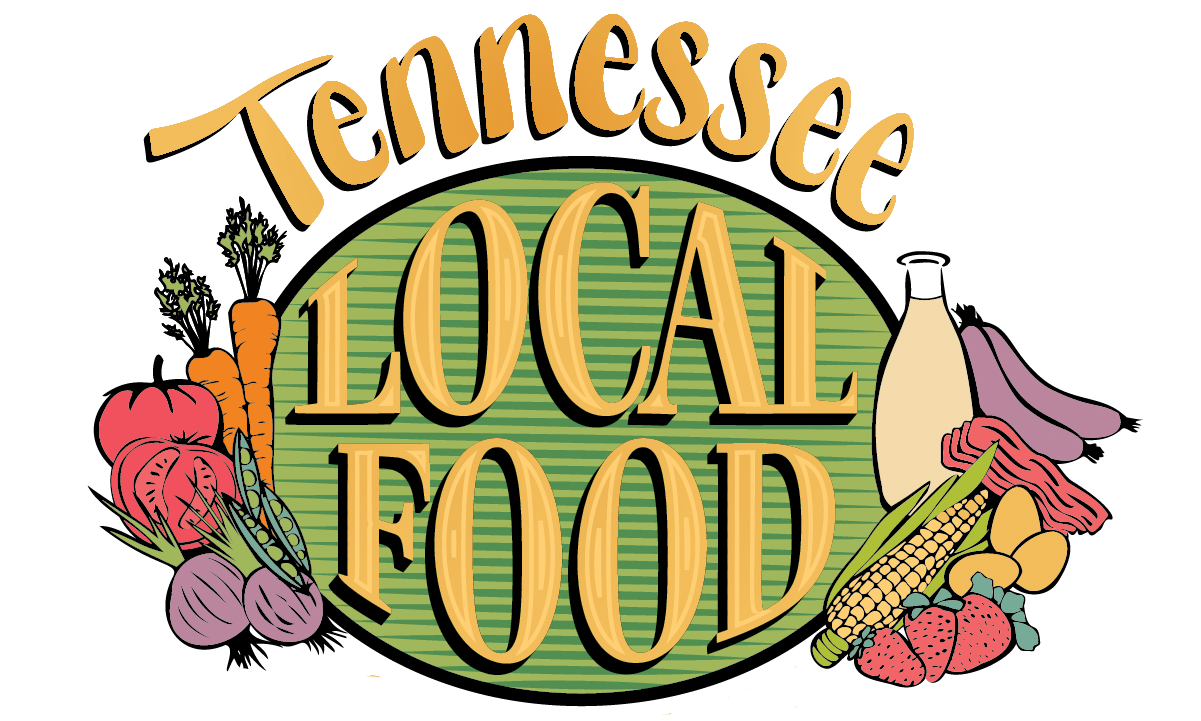Who Eats and Who Doesn't? Advocates Address Food Deserts, Security in Nashville
Brinley Hineman
Nashville Tennessean
That's the question Middle Tennessee experts worked to answer Thursday night at the virtual Tennessee Local Food Summit annual conference. The organization advocates for better access to fresh foods and promotes farming.
Attendees heard from university professors studying food insecurity, including Tennessee State University professor David Padgett and Vanderbilt University professor David Schlundt, both of whom have researched food availability in Nashville.
Padgett found in 2003 that lower quality food stores were in predominately Black communities in Nashville. Schlundt confirmed the same when he created a map of food deserts in Nashville by relying on residence, store and census data.
The map revealed a shocking statistic: 85% of residents in food deserts are Black.
Padgett called the imbalance a "gross inequity."
COMMUNITY FRIDGES:Armed with a pair of fridges and Instagram, volunteers are taking on hunger in Nashville
Nashville has four food deserts
Schlundt identified four areas that have neighborhoods with food deserts: North Nashville, East Nashville, Edgehill and South Nashville. He said he couldn't find a better example of structural racism than this.
What contributes to food deserts? Limited access to healthy food, transportation barriers and high levels of poverty, Schlundt said.
Instead of grocery stores that are easily accessible, some neighborhoods have only convenience stores or corner markets. These types of shops don't always have fresh and healthy food.
More: Double blessing: Nashville's hurting restaurants are getting thousands to feed the hungry
Padgett explained how lack of transportation creates "captive food populations" who are unable to travel far for food. He said relying on public transit to shop can add up to hours roundtrip, and that's without factoring in the time it takes to grocery shop.
And the coronavirus has only compounded Nashville's food disparity, said Shea Austin Cantu, who leads TSU's Community Nutrition Education Program.
She pointed to how quickly soap and disinfectant wipes flew off the shelves during the beginning of the pandemic. Not only did people have to worry about having food to prepare, but they also struggled to do it safely.
“There’s a disparity beyond food," she said.
Feeding America, a food bank nonprofit organization, projects that because of the coronavirus pandemic, almost 17% of Nashvillians lack food security. Based on 2018 data, the organization found that roughly 12% of Davidson County residents didn't have consistent access to food.
Revitalizing a neighborhood with a community garden
For Nella Pearl Frierson, growing food was just what she did to feed her family. But the way she kept her kids' stomachs full transformed into a neighborhood-wide initiative to bring fresh food to Brooklyn Heights.
Many of the neighborhood's residents are elderly and on fixed incomes. The closest grocery store is more than a mile away, leaving residents with few grocery options.
Frierson purchased vacant lots across the street from her home and transformed them into a community garden.
“It's not just a garden," Frierson said. "It's the hub of the neighborhood.”
Reach Brinley Hineman at bhineman@tennessean.com and on Twitter @brinleyhineman.
